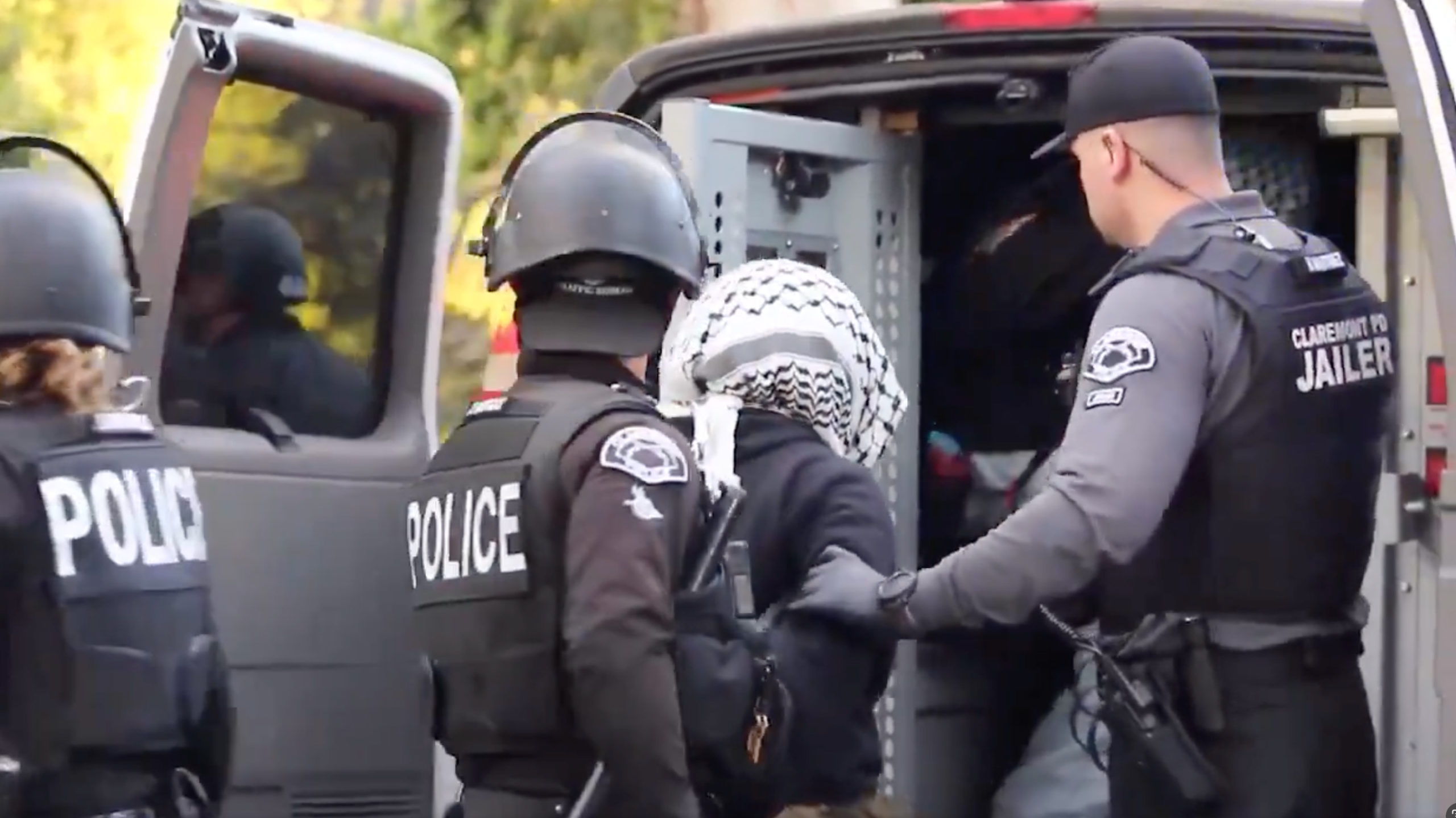NOVANEWS
Off Guardian |
Martin Chulov needs a little help getting the narrative straight on Syria. Here are the portions of his article in today’s Guardian we think most in need of work:
A large convoy of Russian vehicles was reportedly on the move through central Syria on Wednesday, sparking new claims that renewed Russian support for the ailing Assad regime could lead to Moscow effectively running the war.
[…]
Separately, the citizen journalism project Bellingcat said on Wednesday that photographs of a Russian communications-jamming vehicle in Latakia region proved that a military buildup was under way.
“Newly published images showing a Russian R-166-0.5 (ultra) high-frequency signals (HF/VHF) vehicle driving through Syria’s coastal region now leaves little to no doubt on Russia’s intentions in Syria,” the report said. “The R-166-0.5 provides jam-resistant voice and data communications over a long range, enabling Russian troops to communicate with their bases in the coastal strongholds of Tartus and Latakia while operating far inland.”
“The whole package is being presented by Putin as part of a global and regional endeavour to stop IS,” said Middle East analyst and associate fellow at Chatham House, David Butter. “And, as such, it should provide the basis for cooperation between Russia, the US, the Europeans and the Arabs.
[…]
“They are doing more than supplementing the Syrians,” said a senior western official in London. “They are taking over the air war for them. The Syrians are not good at attacking ground forces.”
[…]
The Russian intervention comes at an especially complicated time in Syria’s civil war. Battle lines between the regime and a largely homegrown opposition have remained mostly static around Damascus and Aleppo, but have been fluid elsewhere.
[…]
However, senior Russian officials have repeatedly told counterparts in the Arab world that their stance stems largely from the US-led intervention in Libya in 2011, which Moscow saw as a trick and a threat to its influence.
“They are very much disrespectful of the regime as a partner and an ally,” said Harling. “But they completely share its view of the war’s cause and structure. They are anti-Islamist, anti-west and anti-democratic.
“They have been fighting a Cold War on their own, which naturally they have been winning in different ways. It plays well at home, where people have nothing but nostalgia to cling on to. They position themselves as standing up to western designs, as exemplified by Syria, and are saying to the region itself that [they] are a power to be contended with.”
Here’s how we think this should read, if we remove the spin (our modifications in italics):
“A large convoy of Russian-built vehicles was reportedly on the move through central Syria on Wednesday. Although Russian-built vehicles have formed a significant part of Syria’s military hardware for many years, some commenters are claiming these particular vehicles imply an increased level of Russian support, though they do not say why.”
Separately, the self-styled one-man “citizen journalism project” Bellingcat, whose “research” has been rejected by many professional analysts and attracted widespread ridicule, said on Wednesday that photographs of a Russian communications-jamming vehicle in Latakia region proved that a military buildup was under way, and used as evidence a photograph of some Russian-made hardware, claiming it “[enabled] Russian troops to communicate with their bases in the coastal strongholds of Tartus and Latakia while operating far inland.”
However, he appears to have forgotten that a Russian-made vehicle doesn’t necessarily have “Russian troops” inside it, and has made an idiotic leap of inference that overlooks the crucial fact Syria is full to bursting with Russian-built military hardware, all being used by Syrians.
[…]
“The whole package is […] part of a global and regional endeavour to stop IS,” said Middle East analyst and associate fellow at Chatham House, David Butter. “And, as such, it should provide the basis for cooperation between Russia, the US, the Europeans and the Arabs.”
“They are doing more than supplementing the Syrians,” said a senior western official in London. “They are taking over the air war against ISIS for them. The Syrians are not good at attacking ground forces.”
The Russian intervention comes at an especially complicated time in Syria’s civil war. Battle lines between the regime and a largely western-trained and supplied opposition, consisting almost entirely of radical jihadists have remained mostly static around Damascus and Aleppo, but have been fluid elsewhere.
However, senior Russian officials have repeatedly told counterparts in the Arab world that their stance stems largely from the US-led intervention in Libya in 2011, when the US used a UN mandated no-fly zone as a cover to launch an unsanctioned attack on the Libyan government, which Moscow saw as a trick and a violation of international law.
“They are very much disrespectful of the [Syrian] regime as a partner and an ally,” said Harling. “But they completely share its view of the war’s cause and structure. They are anti-US hegemony and anti-ISIS.
There Mr C, fixed it for you.



